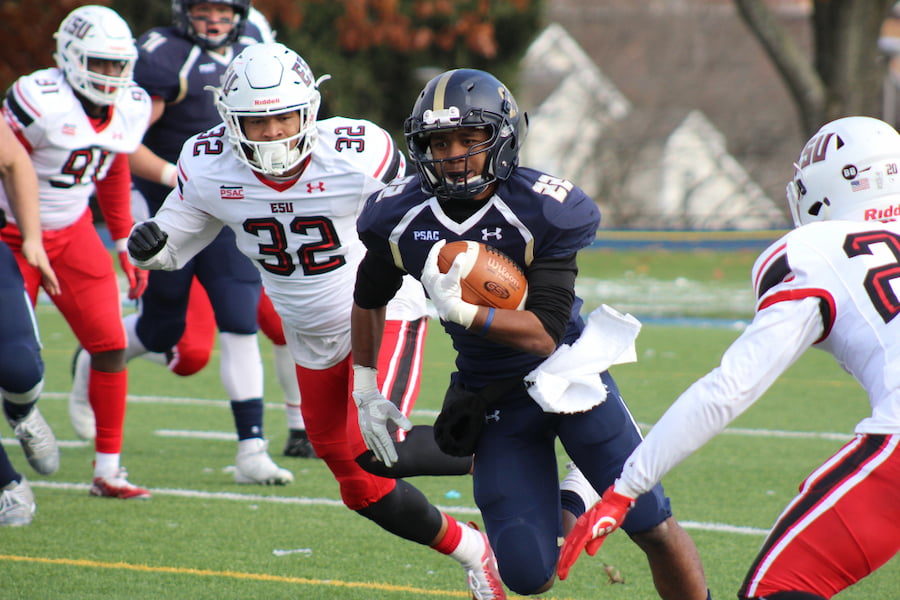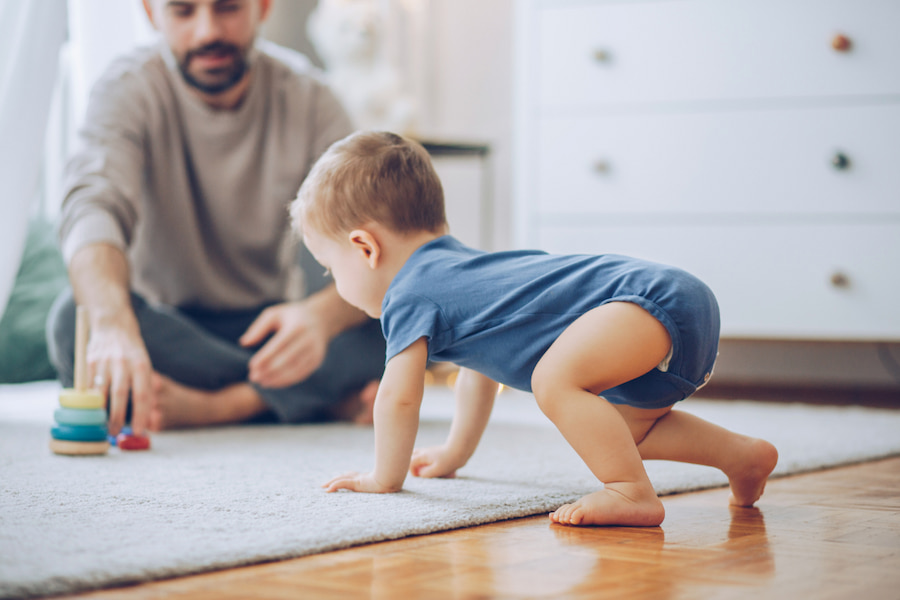You’ve probably already heard that GOAT stands for “greatest of all time,” but what about GOATA? Turns out, many of the world’s greatest athletes engage in similar actions and movement patterns that help protect the body over their career and lifetime. Luckily, these exercise tips aren’t a secret, and include simple shifts you can incorporate into your movement today.
Actively looking for ways to improve your workout? Learn about the best movements, along with some of the worst actions to avoid, whether you’re an amateur athlete or hoping to go pro.

The GOATA method was born, based on the greatest of all time athletes, and the actions that helped to stabilize their bodies as they played throughout the years.
What is GOATA?
GOATA stands for “greatest of all time athletes” or “greatest of all time actions.” It’s a unique study of human body movement that all started with Coach Jose Coach Jose Guilly (“Gil”) Boesch. Boesch developed the GOATA method, in part, for personal reasons as he was struggling with debilitating chronic back pain. He used a slow motion camera to analyze his movements, and had a growing suspicion the way he was moving was both causing issues and worsening existing ones.
What Boesch discovered was groundbreaking, and far from the mainstream. He studied athletes who seemed to rarely face injuries, excel for decades, and stay in peak physical health (think Serena Williams, Tom Brady, and Michael Jordan). After assessing their basic movement patterns, Boesch found that these elite athletes all ran and moved in roughly the same way regardless of gender, sport type, or even age. Thus, the GOATA method was born, based on the greatest of all time athletes, and the actions that helped to stabilize their bodies as they played throughout the years. This is one good way to maximize fitness goals.
From Ancestors to Crawling Infants to Elderly Athletes
Although there’s a lack of scientific studies on GOATA, some suggest it goes back even further than the greatest of all time athletes. Some of the successful movement patterns mimic the crawling of babies, before being affected by the classic movement conditioning of Western society. This video from GLS GOATA co-owner and former professional quarterback Ricky Stanzi shows how innate infant movement can be replicated in an athlete setting. He commonly calls GOATA “nature’s movement code.”
On the other end of the lifespan, elderly athletes (people in peak physical health despite their age), also exhibit some key movement patterns that support their health. This is a unique aspect of GOATA, since many exercise methods isolate movements according to one age or life stage.
Some suggest GOATA movements may even date back to ancient ancestors or indigenous tribes, where the comforts of modern society (like chairs or clunky shoes) didn’t exist. Although convenient, some of these items are thought to be a curse when viewed through a GOATA lens, since they interrupt the body’s innate movement patterns. This is often evidenced through the issues a sedentary lifestyle brings (such as chronic back pain from sitting on the couch and watching too much TV).

Some of the successful movement patterns mimic the crawling of babies, before being affected by the classic movement conditioning of Western society.
Current GOATA Approaches
The GOATA method has been gaining popularity for over a decade now. GOATA approaches have only grown in success, garnering approval from collegiate and professional athletes (especially those in contact sports). This makes sense, since the goal of GOATA is to up-level performance without taking an intense toll on the body. It’s praised for its holistic view, particularly in accounting for non-contact injuries that can happen to the human body over the course of training.
Slow-motion cameras still seem to be a crucial aspect of identifying problem areas, analyzing movement, and suggesting ideas for improvement. The overall goal of GOATA is to create a generation of injury-resistant athletes and individuals who live pain-free for many years past what is considered their “prime.”
Basic GOATA Principles
Borrowing from populations whose patterns of movement promote longevity, GOATA coaches work to optimize performance while encouraging people to engage in actions and exercises that protect the body’s joints. This approach is believed to reduce “wear and tear” on joints, and is keen on producing older adults that won’t need as much support from orthopedic devices or procedures like hip and knee replacements.
Essentially, GOATA aims to train athletes who can sustain a high level of fitness and a low level of injury. Athletes that aren’t GOATA-aligned are believed to be more injury prone.
Here are a few of the basic GOATA principles that guide the way to better movement:
- Align each side of the body
- Continuous flow of movement from one side of body to the other
- Efficient transfer of energy (such as through “spiral” movements and proper angles)
- Proper stance and placement of feet
Looking for a more in-depth discussion of these principles? Check out this video. Although it’s about 30 minutes in length, it provides a foundation of the above listed principles and the GOATA philosophy. You can use the “key moments” function (below the video) to skip ahead to parts that interest you.
What About WOATA?
As you may have already guessed, if there’s a GOATA, there has to be a WOATA—the “worst of all time actions.” These actions worsen the wear and tear on the body overtime, and are ultimately unsafe for the body when “big picture” health is taken into account. WOATA is most often used in the context of coaching, to identify movements that put the body at risk for harm. According to the GOATA approach, many conventional training practices qualify as WOATA.

The GOATA approach is believed to reduce “wear and tear” on joints, and is keen on producing a generation of older adults that won’t need as much support from orthopedic devices or procedures.
Can GOATA Benefit the Body?
So, what are the benefits of GOATA, and is it all it claims to be? At the core, it’s believed to be a more intuitive, intentional way to move that can carry the human body through the decades by “recoding” movement. It’s marketed as a model that anyone can try to help avoid injury over the course of several decades.
Pros
GOATA methods go beyond the running stance to look at daily activities such as sitting and sleeping. This means that it doesn’t have to be limited to one sport, but that principles can be applied to nearly any workout plan where movement is a common element. As mentioned above, it’s also not designed for a specific gender, sport, or age but can be employed by most mobile people.
Another perk of the GOATA approach is that it keeps long-term, “big picture” health top of mind. A big component of GOATA is promoting longevity, instead of just shorter-term goals like weight loss. This workout attitude also takes the time to focus on quality of movement instead of quantity of repetitions, ensuring that proper stance is enforced to protect the body. Muscle growth can definitely be a byproduct, but the main focus isn’t just the “big muscles”—attention is given to the body’s stabilizing muscles, too.
One key potential benefit of GOATA is that these “greatest actions” are designed to protect against chronic or repetitive movements. This aspect of training may be enticing not only to athletes but also to people engaged in physically demanding work that requires repetitive movements and raises the risk of occupational injury (such as construction site work).
Cons
As with any workout plan, GOATA isn’t a perfect fit for everyone. Those with certain joint conditions or disorders may want to double check this fitness plan with their doctor or healthcare team before trying.
Another concerning aspect among fitness professionals is that the GOATA approach encourages dividing actions into “greatest” and “worst” categories. This may be a helpful approach for some, but for others, this may promote an obsessive or extreme mode of thinking about exercise that isn’t healthy.
Coaches in favor of this method often claim that the results don’t lie. However, there’s a lack of scientific studies to confirm these results. Since the approach is based on longevity, this is a significant drawback. There’s still a need for evidence-based results before it’s incorporated into standardized healthcare.
In the meantime, you can decide if it is right for you, as many other popular approaches (like the Paleo or raw food diet) are harkening back to the patterns of ancestors. GOATA may not be too far off base.
Principles of GOATA to Implement Today
Convinced this is the method for you? Fortunately, there are some small tweaks to turn flawed movement into better form that you can try today.
Begin with these basics:
- Avoid a sedentary lifestyle
- Balance strength training (like weight-lifting) with GOATA exercises
- Invest in a slow-motion movement assessment
- Move with the outside edge of the foot (instead of the inside)
- Pay attention to arm movement when engaging in walking or running
- Sit differently (such as switching between sitting on the floor or a GOATA-supportive stool instead of the couch for hours)
- Wear less bulky shoes
One low-commitment way to follow along with GOATA methods is simply to follow the GOATA movement on Instagram. This way, you can incorporate tips that feel like a good fit for you into your routine, and ignore the ones that don’t for the time being.

GOATA coaches claim that the results speak for themselves.
Intentionally Training to Avoid Injury
MIT45 also encourages a more intentional mindset when it comes to training. Aim to become a more motivated athlete over the course of your career by making kratom part of your gym routine and recovery program. We view kratom as part of a daily fitness regimen that’s tailored to long-term fitness rather than short-term gains.
Need a recommendation to get started? Fitness lovers are big fans of these convenient products:
- MIT45 GO (extract)
- Boost Bites (gummies)
- Kratom Raw Leaf Capsules
- MIT45 Black Label Capsules (extract)
The Bottom Line on GOATA
Although the “greatest of all time athletes” approach is still in its infancy, it’s a promising method that’s quickly gaining popularity. Scientific evidence is lacking, but GOATA does borrow from the greats (like Michael Jordan), so some claim the results speak for themselves. If you’re interested, there are a couple ways to incorporate this thoughtful movement pattern into your daily mode of living and you can improve your workout with HIIT also.
Focused on fitness? Explore our library of workout-related resources to help you find a kratom product that’s perfect for your next gym session.
References
Greenfield B. How To Live, Move & Feel Like A Pro Athlete: The 7 Best Workouts & Exercises That Most People Don’t Know About, But Should Be Doing. Bengreenfieldlife.com. Published April 2022.
Matthews B. What Separates A WOATA From A GOATA? Stack.com. Published July 2020.
Turner A. GOATA: Greatest of All Time Actions. Virtualphyscialtherapists.com. Published July 2021.




